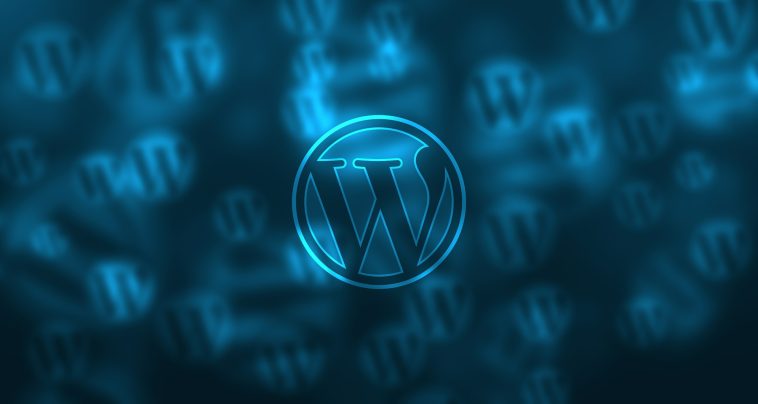Introduction.
Securing a WordPress site is not just a techie’s concern—it affects anyone who values their online presence. I built my site years ago, and learning about security measures made all the difference.
With WordPress powering over 43% of the web (WordPress.org), the platform naturally attracts a lot of attention from hackers. That’s why I want to share practical, friendly advice on protecting your site.
In this post, I cover the top 15 ways to secure a WordPress site, explain each tip in clear language, answer some common questions, and point you toward helpful resources.
1. Keep WordPress Updated
One of the simplest yet most effective ways to improve security is to keep WordPress, your themes, and plugins up to date.
Developers regularly release updates to patch vulnerabilities. An outdated site is like leaving your front door unlocked.
I make it a habit to check for updates weekly to ensure everything is secure. For more details on updating WordPress safely, take a look at the official WordPress support page.
2. Use Strong Passwords and User Permissions
A strong password is your first line of defence. I use passwords with a mix of letters, numbers, and symbols, and I never reuse passwords across different sites. Equally important is managing user permissions.
Grant admin access only to those who truly need it. Tools like LastPass or 1Password can help manage strong passwords securely.
3. Limit Login Attempts
Brute force attacks, where hackers try many password combinations, are common. I limit login attempts to reduce the risk of unauthorized access.
Plugins like Limit Login Attempts Reloaded help set a cap on login tries. This simple step can stop hackers before they get started.
4. Use Two-Factor Authentication (2FA)
Two-factor authentication adds an extra step to the login process. In addition to your password, you’ll need a code from your phone or email.
I use Google Authenticator to set up 2FA. This method makes it much harder for hackers to gain access, even if they manage to crack your password.
5. Secure Your Login Page
I change the default login URL to something unique. This extra step can reduce automated hacking attempts.
Plugins like WPS Hide Login make it easy to change your login page URL without affecting your site’s performance.
6. Use SSL Encryption
An SSL certificate encrypts data between your user’s browser and your server. This protects sensitive information like login details and personal data.
I ensure my site has an SSL certificate, and you can often get one for free from your hosting provider or through Let’s Encrypt. Google also prefers secure sites, which can help with your search ranking.
7. Install a Security Plugin
Security plugins are like having a personal security guard for your site. I trust plugins like Wordfence and Sucuri Security to monitor activity, block malicious IP addresses, and scan for vulnerabilities. These plugins offer a range of tools to keep your site safe from various threats.
8. Change the Default “Admin” Username
Using “admin” as your username is an open invitation to hackers. I choose a unique username that is harder to guess. This small change can reduce the risk of brute force attacks significantly.
9. Implement a Web Application Firewall (WAF)
A web application firewall filters and monitors HTTP traffic between your website and the internet. I often use services like Cloudflare or Sucuri Firewall to help block malicious traffic before it reaches my site. A WAF adds another layer of protection against common online threats.
10. Backup Your Site Regularly
Even with all these security measures, it’s important to have a backup plan. I schedule regular backups of my site so I can restore it quickly in case something goes wrong.
Plugins like UpdraftPlus make the backup process simple and reliable. Regular backups ensure you won’t lose important content if an issue arises.
11. Set Proper File Permissions
File permissions control who can read, write, or execute files on your server. I adjust these settings to ensure that only necessary users have access.
Setting proper permissions is a technical step, but many hosts provide guides on how to do this securely. For more on file permissions, you can check out this guide from WPBeginner.
12. Disable File Editing from the Dashboard
WordPress allows file editing directly from the dashboard, which can be a security risk if a hacker gains access.
I disable this feature by adding a line of code to my configuration file. This simple step can prevent unauthorized changes to your site’s code. Instructions can be found in the WordPress Codex.
13. Monitor Your Website for Malware
Regularly scanning your site for malware helps catch problems early. I use tools like Sucuri SiteCheck to scan my site for any signs of malware or vulnerabilities. Early detection means I can address issues before they turn into something more serious.
14. Limit Access to Your WordPress Dashboard by IP
If your site has a small group of people who need to access the dashboard, consider limiting access by IP address.
This extra measure makes it much harder for outsiders to break in. I set up IP restrictions via my hosting control panel, which is a fairly straightforward process for most hosts.
15. Remove Unused Themes and Plugins
Unused themes and plugins can become security risks if they are not updated or maintained. I regularly clean out any themes or plugins that I no longer use. This reduces the number of potential entry points for hackers and keeps my site running smoothly.
FAQs
Is it necessary to implement all 15 methods?
While each method adds a layer of security, you can start with the most crucial ones and gradually implement the others. It depends on your site’s size and your comfort level with technology.
How often should I update my WordPress site?
I check for updates at least once a week. Immediate updates are important if there is a known security vulnerability.
What if I’m not tech-savvy?
Many of these steps are simplified through plugins and hosting services. I always recommend starting with the basics—updating your site, using strong passwords, and installing a good security plugin.
Can my hosting provider help with security?
Yes, many hosting providers offer built-in security measures like WAFs, daily backups, and malware scanning. It’s worth discussing with your provider to see what additional options are available.
Further Resources
- WordPress Hardening Guide: A comprehensive guide to securing your site from WordPress.org.
- Sucuri Blog: Offers in-depth articles on WordPress security at Sucuri.
- WPBeginner: Provides beginner-friendly tips on securing WordPress at WPBeginner.
- Wordfence Security: For those interested in advanced security measures, Wordfence is a trusted option.
Conclusion
Securing your WordPress site is a continuous journey, not a one-time task. Each step—from keeping your software updated to restricting dashboard access—builds a stronger defense against potential threats.
I’ve seen firsthand how a secure site not only protects sensitive information but also builds trust with visitors.
When I take the time to secure my site, I feel confident knowing that I’ve done everything I can to guard against hackers.
What steps will you take first to secure your WordPress site?





GIPHY App Key not set. Please check settings